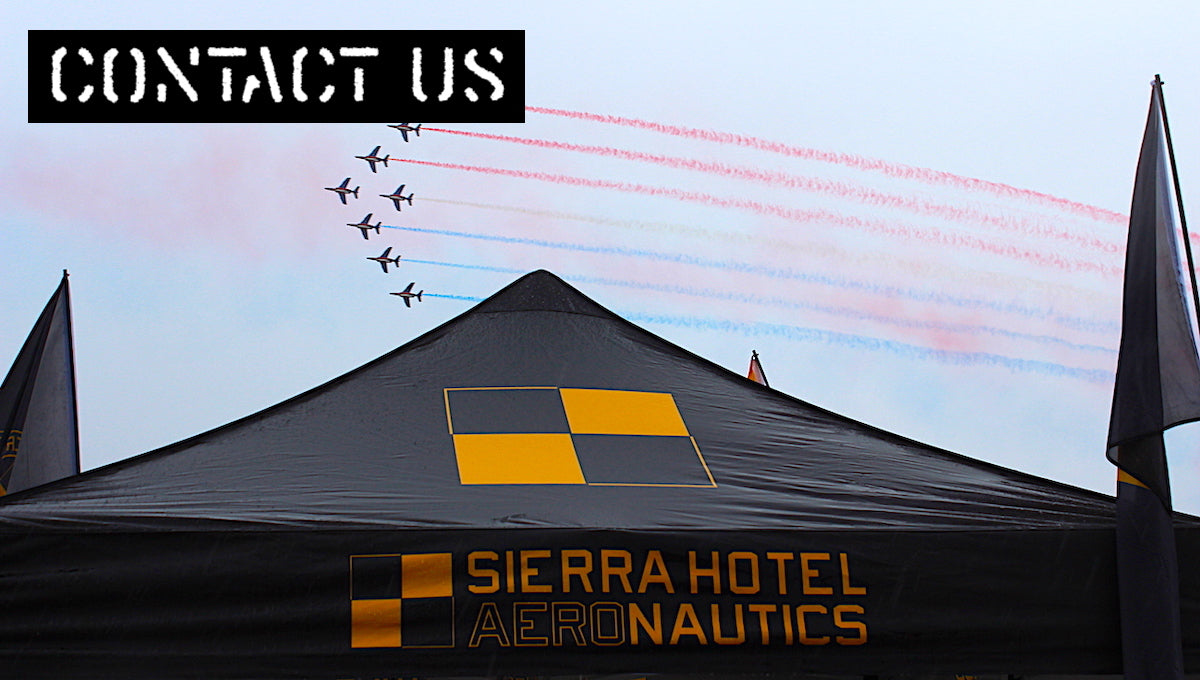The Doolittle Raiders

On April 18th, 1942; The daring Doolittle Raid, also known as the Tokyo Raid was launched. It was the first air raid by the United States to strike the Japanese Home Islands (specifically Honshu) during World War II.
Demonstrating that Japan itself was vulnerable to American air attack, it provided a vital morale boost and opportunity for U.S. retaliation after the Japanese attack on Pearl Harbor on 7 December 1941. The raid was planned and led by Lieutenant Colonel James "Jimmy" Doolittle, U.S. Army Air Forces. Doolittle would later recount in his autobiography that the raid was intended to bolster American morale and to cause the Japanese to begin doubting their leadership, to which it succeeded:
The Japanese people had been told they were invulnerable ... An attack on the Japanese homeland would cause confusion in the minds of the Japanese people and sow doubt about the reliability of their leaders. There was a second, and equally important, psychological reason for this attack ... Americans badly needed a morale boost.
At 07:38 on the morning of 18 April, while the task force was still about 650 nautical miles from Japan, it was sighted by the Japanese picket boat No. 23 Nittō Maru, a 70-ton patrol craft, which radioed an attack warning to Japan. The boat was sunk by gunfire from USS Nashville; The chief petty officer who captained the boat committed suicide rather than be captured, but five of the eleven crew survived when they were picked up by Nashville. Doolittle and Hornet skipper Captain Marc Mitscher decided to launch the B-25s immediately—10 hours early and 170 nautical miles farther from Japan than planned. After respiting to allow for engine start and run-ups, Doolittle's aircraft had 467 feet of takeoff distance. Despite the fact that none of the B-25 pilots, including Doolittle, had ever taken off from a carrier before, all 16 aircraft launched safely between 08:20 and 09:19. (The 16th B-25 had been included only as a reserve, intended to fly along as an observation and photographic platform, but when surprise was compromised, Doolittle decided to use all 16 aircraft in the attack.) This was the only time that United States Army Air Forces bombers were launched from a U.S. Navy aircraft carrier on a combat mission.

All the aircraft involved in the bombing were lost and 11 crewmen were either killed or captured—with three of the captured men executed by the Japanese Army in China. One of the B-25s landed in the Soviet Union at Vladivostok, where it was confiscated and its crew interned for more than a year. Thirteen entire crews, and all but one crewman of a 14th, returned either to the United States or to American forces.

The raid caused negligible material damage to Japan only hitting non-military targets or missing completely, but it succeeded in its goal of helping American morale and casting doubt in Japan on the ability of the Japanese military leaders. It also caused Japan to withdraw its powerful aircraft carrier force from the Indian Ocean to defend their Home Islands, and the raid contributed to Admiral Isoroku Yamamoto's decision to attack Midway—an attack that turned into a decisive rout of the Imperial Japanese Navy (IJN) by the U.S. Navy near Midway Island in the Central Pacific.

In 1959, 80 silver goblets were presented to the Doolittle Raiders by the city of Tucson, Arizona. Each silver goblet had the Raiders’ names engraved twice, the second upside-down. During the ceremony, white-gloved cadets presented each of the three with their personal goblets and their longtime manager poured the 1896 Hennessy VS cognac, with its vintage matching Doolittle’s birth year. Each anniversary the Doolittle Raiders' that had flown west had their goblets turned upside-down.
In 2017, Lieutenant Richard E. Cole, Jimmy Doolittle’s co-pilot, and the last remaining Raider, commemorated the 75th anniversary of the Doolittle Raid by raising the last remaining upright silver goblet and toasting his fallen comrades.
.












Hi Folks-
Does anyone know someone interested in purchasing a Doolittle print #458/850 autographed by Jimmy – the artist is john young
Best, David
Years ago a B-25 was giving rides @ Tucson (TIA) and I paid for a ride…….The pilot made a note in my logbook and asked me if I knew what today was………I looked at the entry and realized it was April 18th…….what a rush and honor
If you can find the book 30 SECS. OVER TOKYO read it very interesting. It was later the guide for the movie 30 SECONDS OVER TOKYO
Dick Cole was Doolittle’s co-pilot. I had the honor of meeting Dick a couple of years ago in Texas. He had an amazing career after the Doolittle Raid, flying the “Hump” over the Himalayas. His book, DICK COLE’S WAR, gives an interesting account of his life. He died yesterday at 103.
Leave a comment